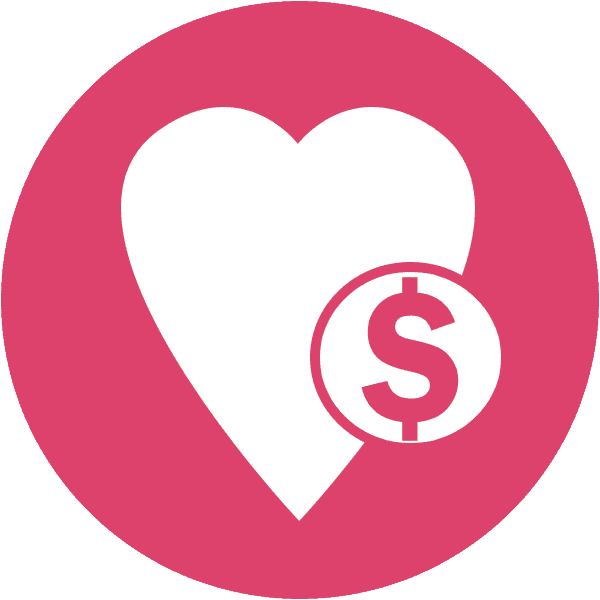Resources for Investigators
There are a number of resources available for dystonia investigators, including animal models, cell lines, and DNA. Below is a summary of different resources with links for more information.

The Dystonia Brain Bank Collective promotes brain donation for dystonia research, and facilitates brain collection, storage, and distribution of samples for research. A private collection of donated brain tissue from the dystonia community was established at the Harvard Brain Resource Center at McLean Hospital in Belmont, Massachusetts.

The Dystonia Coalition is a collaboration of medical researchers and patient advocacy groups supported by the Office of Rare Diseases Research in the National Center for Advancing Translational Sciences (NCATS) and The National Institute of Neurological Disorders and Stroke (NINDS) at the NIH. Leading the Coalition is H. A. Jinnah, MD, PhD, Professor of Neurology and Human Genetics at Emory University in Atlanta, GA. The Dystonia Coalition is cultivating a better understanding of primary dystonias for the purpose of developing better therapies. The DMRF plays an integral role by providing logistical and planning support for the Coalition as an administrative center.
The Dystonia Coalition has created resources that are easily accessible to the dystonia research community. These resources include educational materials, clinical data, video recordings of clinical exams, and DNA.

The goal of the Global Dystonia Registry (GDR) is to support future dystonia studies, including clinical and research trials, through the collection of data on persons affected by dystonia. This registry can be used to send an advertisement for any study to registrants in a certain geographic location or with certain dystonia symptoms. It can also be used to directly send a questionnaire to registrants for a survey study. Currently there are over 5,000 individuals who have registered.
The Movement Disorder Society Genetic mutation database (MDSGene) was developed to provide a comprehensive, systematic overview of published data on movement disorder patients reported to carry causative gene mutations. MDSGene currently contains data on 1152 different mutations in 5743 movement disorder patients extracted from 971 publications such as case and family-based studies and mutation screens. The MDSGene website and database have been developed by members of the Institute of Neurogenetics at the University of Lübeck, Germany. The content of MDSGene was collected in a collaborative effort by several international movement disorder research groups under supervision of the two coordinating centers at the University of Lübeck and at the University of Toronto.
The International Mouse Strain Resource (IMSR) is a searchable online database of mouse strains, stocks, and mutant ES cell lines available worldwide, including inbred, mutant, and genetically engineered strains. The goal of the IMSR is to assist the international scientific community in locating and obtaining mouse resources for research.
The NINDS Repository at Coriell distributes DNA and lymphoblastoid cell lines obtained from individuals with primary dystonias. Samples are accompanied with a set of standardized and de-identified clinical data which is available for download. The NINDS Repository also includes samples from unaffected and affected blood relatives of subjects, as well as normal healthy individuals.
The NINDS Human Cell and Data Repository (NHCDR) provides well characterized cell sources to investigators to advance the study of neurological disorders. Cell sources currently include fibroblasts and/or induced pluripotent stem cells for Dystonia, Parkinson’s Disease and other movement disorders, as well as healthy controls. Currently there are fibroblasts from 33 patients with dystonia in the NHCDR collection.
The Database of Genotypes and Phenotypes (dbGaP) is a National Institutes of Health sponsored repository charged to archive, curate and distribute information produced by studies investigating the interaction of genotype and phenotype. It was launched in response to the development of NIH’s GWAS policy and provides unprecedented access to very large genetic and phenotypic datasets funded by National Institutes of Health and other agencies worldwide. Scientists from the global research community may access all public data and apply for controlled access data.



